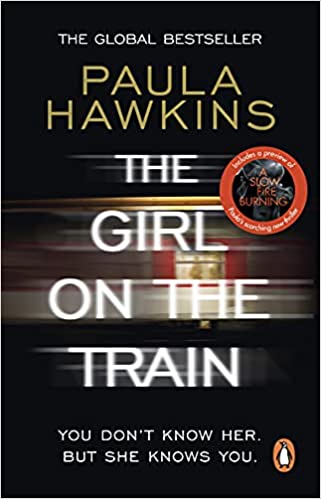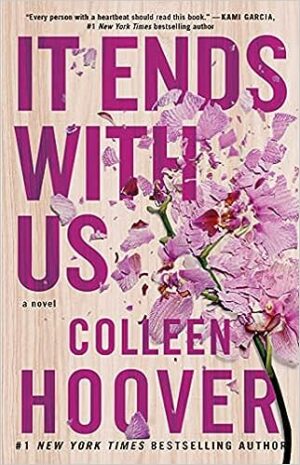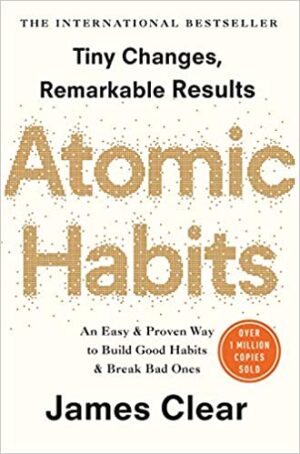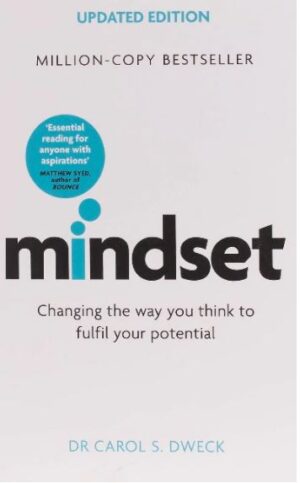Paula Hawkins authored The Girl on the Train within a span of six months during 2014. As an Oxford-educated journalist and writer, she drew from her experience as a London-based reporter to shape the novel’s structure and vividly portray its settings. The book drew immediate comparisons to Gillian Flynn’s Gone Girl, and like its counterpart, The Girl on the Train achieved remarkable success, debuting at the top spot on the New York Times bestseller list in 2015 and maintaining that position for an impressive 13 consecutive weeks. However, Hawkins took a different approach by shifting the power dynamics and focusing on women’s perspectives, diverging from the power imbalance in Gone Girl.
The novel’s popularity led to two movie adaptations: one in 2016 by DreamWorks in English and another in 2021 by Reliance Entertainment in Hindi. This guide references the Riverhead edition of the novel, published in 2016 under the Penguin Random House imprint.
Thematically, The Girl on the Train delves into the profound impact of trauma and substance use disorders on memory. It also explores the yearning for a different life amidst a suburban dystopian setting. Moreover, the book highlights how abusive men manipulate and create divisions among women.





